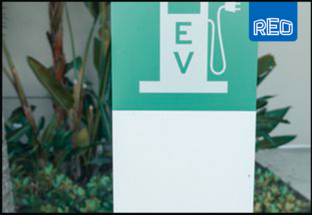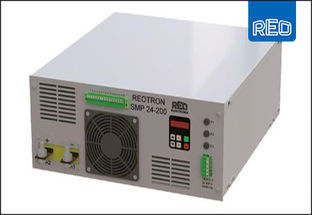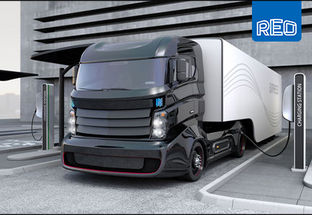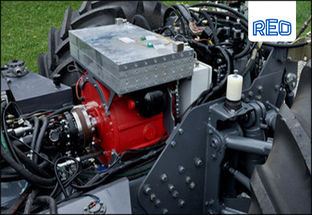HOW TO IMPROVE ELECTRIC VEHICLE CHARGE TIMES AND DRIVING DISTANCES WHILE LOWERING THE TOTAL COST OF OWNERSHIP
As tackling the climate emergency becomes vital for global governments, industry bodies and members of the public, electric vehicles (EVs) have become increasingly popular. However, the public sector remains hesitant to adopt EVs, especially in the emergency services, primarily because of limitations around charging times and driving distances. Here Steve Hughes, managing director of power quality specialist REO UK, explores how EVs could be more appealing for use in the public sector.
One of the biggest challenges when using EVs as emergency services vehicles is charging limitations. It takes much longer to charge an EV than it does to refuel a conventional petrol or diesel vehicle, meaning EVs might struggle to respond quickly and reach an emergency on time. To make matters worse, they are often limited by the relatively short driving distances they can achieve on a single charge. This combination of challenges limits their appeal for use in many public sector applications.
Making EVs more appealing
To overcome challenges related to charging times and driving distances, new infrastructure must be developed. For instance, public charging points could be installed along major highways, allowing emergency vehicles to quickly stop and recharge their batteries when not responding to an emergency. Additionally, battery swapping systems could be set up, where emergency vehicles can swap drained batteries with a fully charged one. This way, they can continue to their destination without having to wait for the battery to charge.
Another challenge is the cost of EVs, which are currently significantly more expensive than traditional vehicles, making them less attractive to public sector organisations. However, over time, prices are expected to reduce, making them more accessible. Additionally, to reduce the financial barrier to adopting EVs, incentives for public sector organisations, such as tax breaks and subsidies, could be developed.
Technological challenges
Even if additional charging points are installed and the initial cost is reduced, technological improvements are still required for EVs to fully replace petrol and diesel vehicles. To improve EV charging capabilities and increase driving distances, a number of electrical component improvements are needed.
First and foremost, EV batteries need to be improved in terms of capacity, weight and size. Advances in battery technology have enabled electric cars to travel longer distances than ever before, but the technology is still limited by the amount of energy current batteries can store. Increasing battery capacity and reducing the weight of each battery cell can help to dramatically improve the range of EVs.
Another component that must be improved is the electric charger. Faster, more efficient chargers that reduce the time it takes to charge an EV will allow drivers to charge their vehicles more efficiently and reduce the time spent waiting for batteries to fully recharge.
Advances in vehicle-to-grid (V2G) technology will also help reduce the cost of ownership for EVs as it will allow the energy stored in EV batteries to be discharged back into the grid during peak times, reducing energy bills. Currently, there is a risk that EVs will draw large harmonic currents from the grid which, unless monitored and controlled, could be injected back into the electricity grid. Charging several vehicles in the same area and fast charging at high powers can both lead to a considerable increase in harmonics. Consequently, this can damage the vehicles, their various electrical components and the mains supply.
There are several components that can provide much-needed protection in V2G applications. For instance, when attached to EVs, EMI filters can protect against the harmful impacts of EMI by suppressing noise transmitted through conduction. Meanwhile, chokes can help relieve the supply network by compensating harmonics reactive power.
REO UK manufacturers a wide range of products that can improve power quality issues in EVs and the charging infrastructure, such as EMI filters for interference reduction, a wide range of chokes for harmonic reduction and high-frequency transformers that create the required DC power from the supplied AC. Furthermore, it supplies braking resistors, such as the BWD 158 standard range, that can help protect the vehicle’s electric motor from rises in the DC link.
There is no doubt that the widespread adoption of EVs will play a crucial role in tackling the climate emergency and achieving global net zero ambitions. By taking steps to improve charge times and driving distances while lowering the total cost of ownership, there will be less barriers to the widespread adoption of EVs, even in demanding public sector applications like the emergency services. To find out more about the high-quality electrical components that will help make the transition to EVs successful, visit REO’s website.














